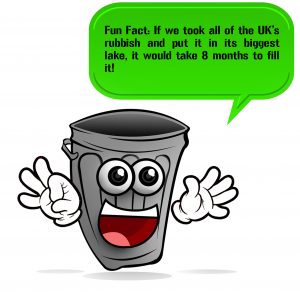So, right off the bat I have to say that this is a for profit business in the waste handling business. The part of their website about recycling is excellent. There business practices may not be. I have never been to Britain and I do not intend to start. Readers will have to judge for themselves. I f they are really bad folks or really good folks let me know.
http://www.kenburn.co.uk/recycling-for-kids/
Recycling for Kids
Did you know that recycling helps save the planet from things like global warming and rubbish? That’s right, by recycling things such as food packets and old toys, you are reducing the amount that gets put into the rubbish bin. This is a very good thing, because rubbish is full of nasty bugs that spread diseases and gases that increase global warming.
But what is recycling? How are things recycled? And what can you do to get more people to recycle?
Read through this leaflet, and by the end of it you will be able to teach your parents a thing or 2 about recycling.
What is Recycling?
 Fun Fact: If we took all of the UK’s rubbish and put it in its biggest lake, it would take 8 months to fill it!
Fun Fact: If we took all of the UK’s rubbish and put it in its biggest lake, it would take 8 months to fill it!
Recycling means making rubbish into something new. Every time you throw something away it gets sent to a landfill. More and more rubbish is piled on top until it is too big and the landfill has to be closed.
The great thing is that most things can be recycled. Every day, clever scientists come up with new ways to make use of things we usually consider rubbish. But what exactly do they do with the recycling?
:}
Go there and read. More next week.
:}
